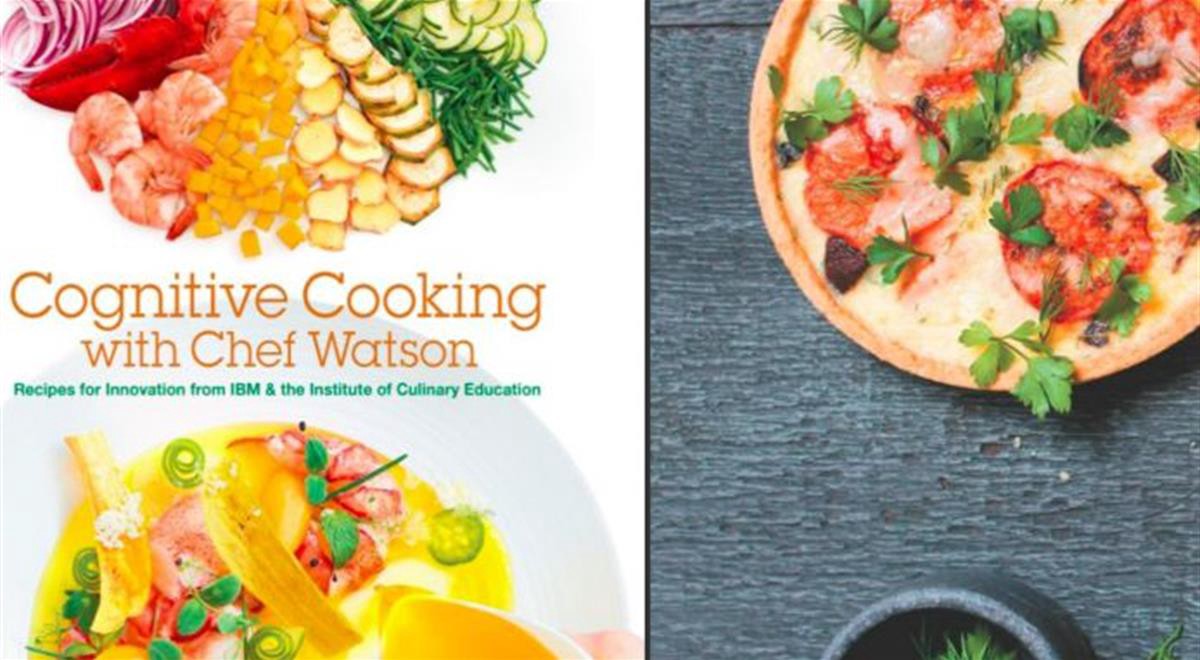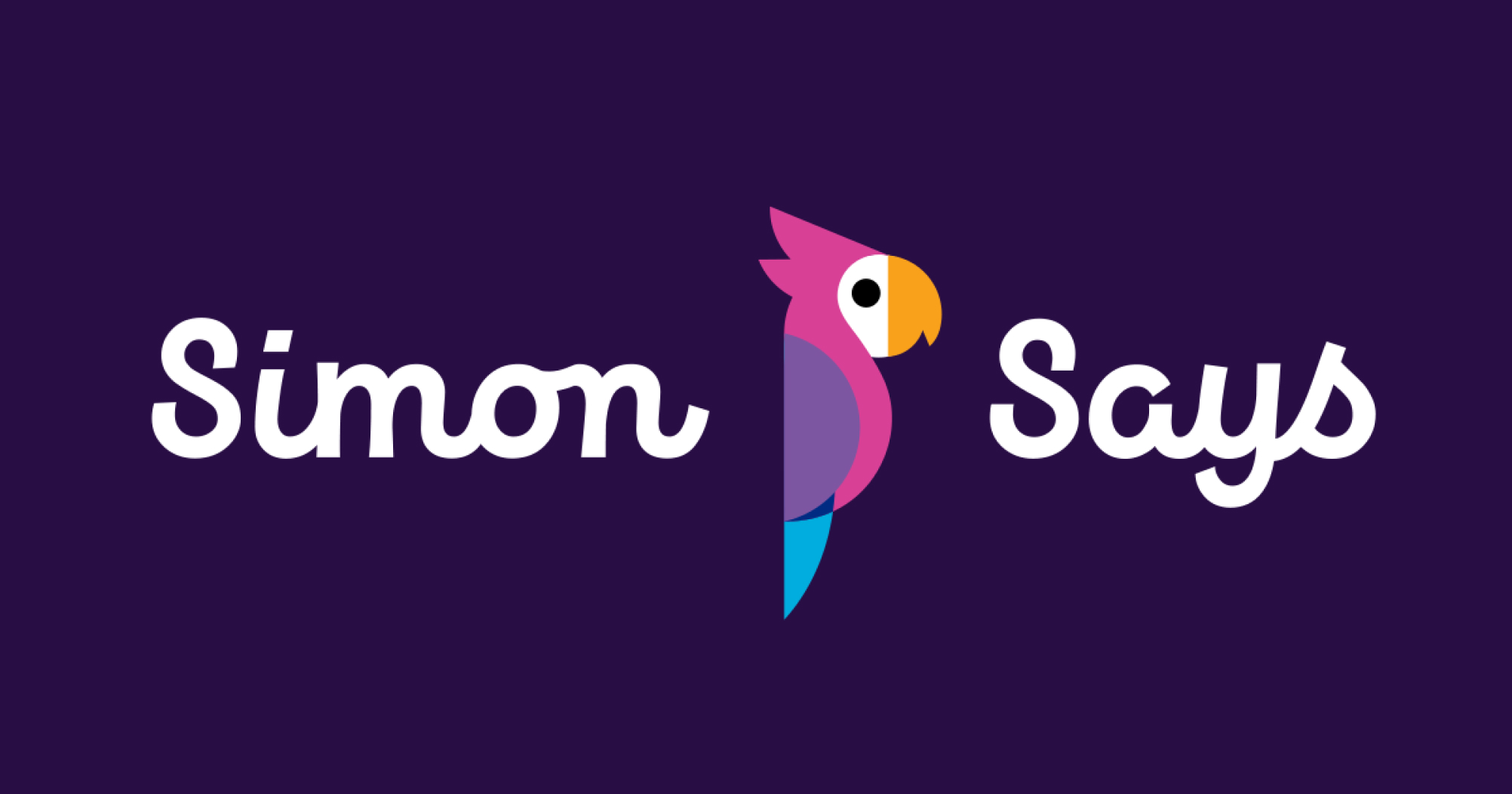

Part 3: AI's Creative Future [A Series]
Will AI Make Art?
So far, we've explored the pros and cons of AI and why some people are fearful of this rapidly developing technology. We've also dug into AI's emotional capacity and its ability to mimic some functions as humans. Now, we'll seek to probe the question at the heart of this seriesÔøΩ will AI make art?
Technological innovation aside, one of the main motivators driving many companies' adoption of AI is the effect on their bottom line. Automated processes equal reduced costs because robots only require programming, not a salary and benefits. And they don't need evenings and weekends and sick days and holidays off. Skilled labor jobs in agriculture, construction, inventory management, and manufacturing are at the greatest risk of being automated. Foxconn, an industry-leading electronics manufacturer and the world's fourth-largest IT company, recently laid off 60,000 workers and replaced them with robots.
Though disheartening for factory workers, it's not surprising. Talk of automation and lost employment has loomed over labor workers for some time now. A Forbes report from early 2017 estimates upwards of 40 million U.S. labor jobs are in danger. Jobs that require repetitive movements, coupled with little need for decision making, are prime territory for being usurped by technology and automation. But even "white collar" jobs are in AI's cross-hair.
What about more abstract and nebulous work?

We view the creative arts as an industry indisputably connected to human ability. Writing a novel, connecting the dots in a piece of investigative journalism, painting a landscape, filming and editing a movieÔøΩ these are all creative pursuits that require the human touch. But is it possible that robots could learn to do these things too? Could creative jobs also be on the chopping block?
One category where AI is currently being pushed to its creative limits is content marketing. Content automation uses two types of AIÔøΩ natural language processing, or NLP, and natural language generation, or NLGÔøΩ to produce content. NLP interprets human language, and NLG converts it into text. Let's say you want to scan an English professor's feedback to his students, over the course of 5 years. You're searching for common themes and frequently used words. NLP would search the feedback and pull out recurring sentences and phrases. NLG would then summarize them into a report, or even better, a pithy tweet.
By extension, you can imagine a computer "reading" every available US trial transcript and judgement decision involving young offenders, analyzing it, and summarizing it, discussing the trends and evolution over the past century.
This type of work would have typically needed legal analysts, legal historians, possibly data analysts, lawyers, maybe linguists (as language has evolved too), and a heck of a lot of time and resources. Their findings would then be compiled, cross-checked, and presented in a paper for submission to a law journal.
A world in which AI can operate unfettered and without human involvement in a situation like the above does not exist but it isn't hard to imagine this will happen in a not-too-distant future.
The creative arts are mingling with AI too. In advertising, agencies are testing digital signage that analyzes the activity of onlookers. It studies the parts of ads that people stare at the most. It then reproduces another ad, this time emphasizing the aspects that garnered the most attention. What may take an agency weeks or months to assess and create can be done in minutes with AI.

IBM's Chef Watson takes a similar approach to cooking. Through its AI app, users can enter a series of ingredients and Chef Watson will suggest a tasty recipe that uses all the entered ingredients. Its specialty is making scrumptious dishes out of seemingly incompatible flavor profiles. You can actually make a mouth-watering appetizer out of seedless grapes, tomatoes, onions, and garlic. Previously, the only way to stumble upon this kind of recipe was by experimenting on your own or searching options on YouTube. Now, AI is offering cooking alternatives that seemingly no human would ever create on their own, and they're right at your fingertips.
But not every creative AI application works well (i.e. the taste test reviews of Chef Watson's recipes were mixed). Research scientist Janelle Shane created AI that could assess thousands of paint colors, create new shades, and give them appealing names. The AI succeeded at creating new colors, a matter of learning and mastering data, but creating the names was another story. Not only were the names (Conk Green, Reree Gray) not all that appealing, but the AI didn't actually understand the shade of the colors it created. For example, Conk Green was actually a pale blue.
Therein lies the issue with AI producing creative work. AI operates with a series on inputs and outputs, and these computers need to frame everything as "data" to process and produce results. Obtain data, process it, analyze, output, assess. Rinse and repeat. Through repetition, they improve these processes and produce more advanced answers. But creativity is not a data-based activity.
Yes, understanding what came before, such as the body of work of the greatest filmmakers is arguably important to understand cinema and be able to create it. But for artists of every medium, their art is linked to emotion, a passion, an insight that may even be hard to verbalize or cite its origin or the influences that led to it. It maybe even be linked to a naive and big dream, lofty and appearing slightly out of reach to the cynic or the statistician or the "experienced elder". AI can attempt to quantify and boil it down to a series of 1's and 0's but it knows not doubt, fear, joy, heart-break, lossÔøΩ really powerful emotions that have underpinned artists.
If you were never young and in love with its trials, tribulations, longing, and heartache, could you write Romeo & Juliet?
If you never introspected about life, mortality, and the transience of life, could you have written the Shahnameh?
If you can't fear or feel the weight of a people who had been mass murdered, could you rise to the occasion and make Schindler's List?

There's no doubtÔøΩ AI will certainly play a larger role in creative processes. At Simon Says, we seek to empower the creator and utilize AI to remove the mundane and tedious aspects of their work so they can focus on the meaningful dialogue. We aspire for human creativity and AI to coexist and even thrive.
Of course we are biased: it's difficult for us to imagine a world in which a computer becomes the next Picasso or Bach or Dostoyevsky or Bigelow. Frankly, we don't even want it to. We see great works of art as creations that transcend generations and even the creators themselves, often provoking us humans with the existential and the philosophical: to ask why are we here and what World do we want to leave to our kids.
Sadly, there's no way to guarantee this. Despite the stumbles in early AI experimentation, there's plenty of proof that AI can produce "creative" work. At the very least, we know there will be many startups dedicated to trying.
Will AI ever produce creative works unilaterally? As much as we are truly skeptical, we just don't know.
Automatic Transcription & Caption Software


![Part 2: AI's Creative Future [A Series]](https://assets-global.website-files.com/621173d1c16e2272d70ece63/621173d1c16e22e68d0ed976_61002f1d60bbca4557cc06f4_60abe7b2afb91b680254f7ad_0*qS1ftC68o5yZfNRN.png)

